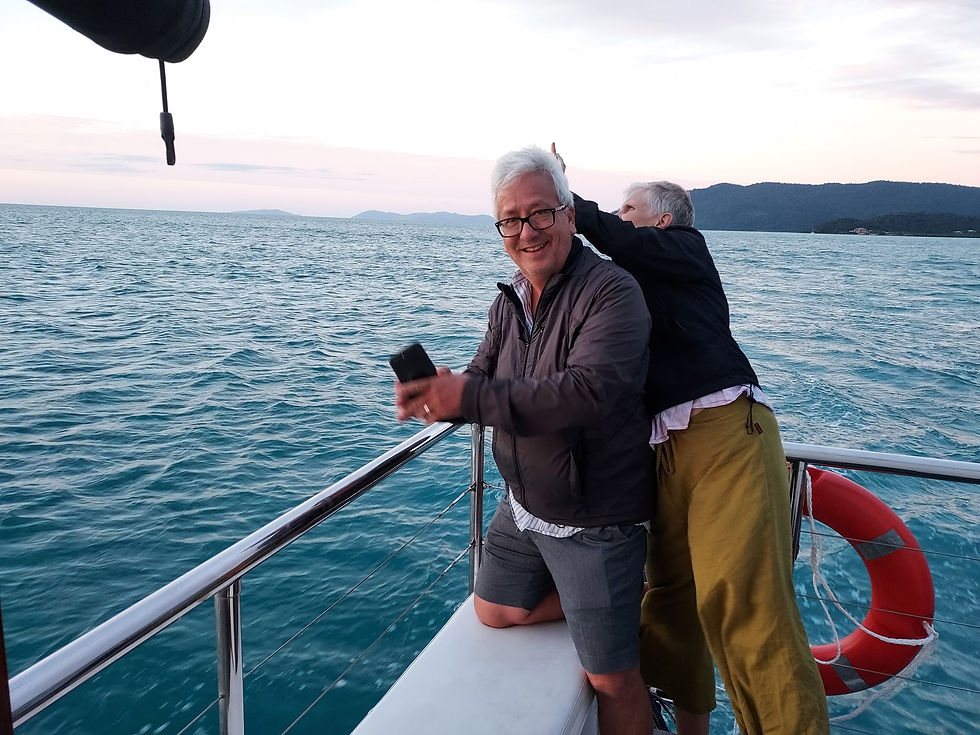Creative Destruction in Indigenous Communities
- Lise Oakley
.jpg/v1/fill/w_320,h_320/file.jpg)
- Feb 3, 2024
- 2 min read
Creative destruction refers to using new and better ideas to replace the old way. It's a process that occurs over time, resulting in thriving First Nations communities.
Creative Destruction Benefits First Nations
Before contact, First Nations had plenty of land, resources, and jurisdiction. These elements underpinned their communities and economies, and Nations used innovation to increase trade, productivity, and wealth.
After colonial governments froze First Nations' institutional innovations, leaders such as Manny Jules have worked for decades to restore them. Today, First Nations governance and institutions are actively replacing colonial government frameworks.
But how? The key to this positive change is innovation.
Innovative Systems
Baking innovation into everything is an integral part of creative destruction. After all, you never know where the best ideas will come from. Somebody has to generate them!
One way to think about renewing innovation systems is to examine how First Nations communities navigate and respond to economic, social, and cultural changes. For example, an issue like climate change needs new ideas and approaches---current approaches are not working. Finding a solution to climate change requires a different way of thinking, using ideas that haven't been considered before.
One path forward may be a blend of honouring culture and traditional practices with modern approaches. Such solutions just need to be thought out and tried out.
The Creative Destruction Framework
The creative destruction framework showcases the conditions required to enable creative destruction.
Here is a simplified version of the framework:
Practical
Indigenous-led
Legislative
Multiple options of elements for the creation of institutions
Systematic process
The development of First Nations laws and institutions needs to follow a clear set of steps, also known as a process. These phases must support economic growth throughout.
Creative Destruction and the Economy
Regarding economic development, creative destruction for First Nations could involve the development of new industries or economic models that align with traditional values. Such initiatives may include sustainable resource harvesting, eco-tourism, or other projects that contribute to economic growth while respecting the environment and cultural heritage.
If early adopters of First Nations-led frameworks experience positive economic results, others will follow in shedding their colonial institutions. This continuous improvement and forward progress is the essence of creative destruction.
Where Does Tradition Fit?
Adopting new or improved technologies in First Nations communities can be seen as a form of creative destruction, where traditional practices inform modern approaches. This integration can enhance these communities' communication, education, and economic opportunities, bringing new ideas, approaches, and tools.
An Open Mind to New Approaches
Creative destruction is a big idea, but it must be practical and effective. Political support at all levels is crucial at the ground level, as it increases investor certainty. This greases the wheels of enterprise, enabling First Nations to flourish through renewed trade and economic activity fueled by a solid institutional framework and enabling self-determination.
Interested in creative destruction as it applies to First Nations such as GFN? Learn more by watching this video from the Tulo Centre of Indigenous Economics in Kamloops:



Comments